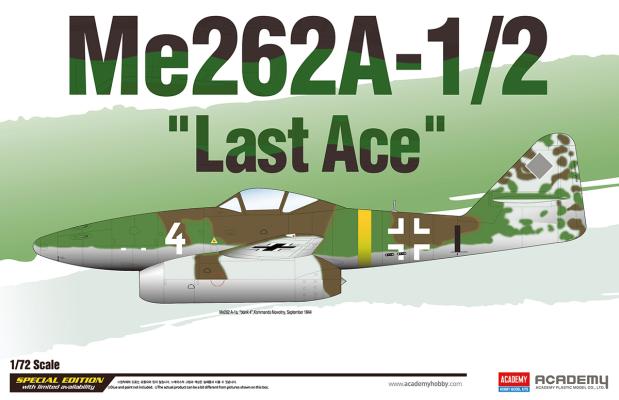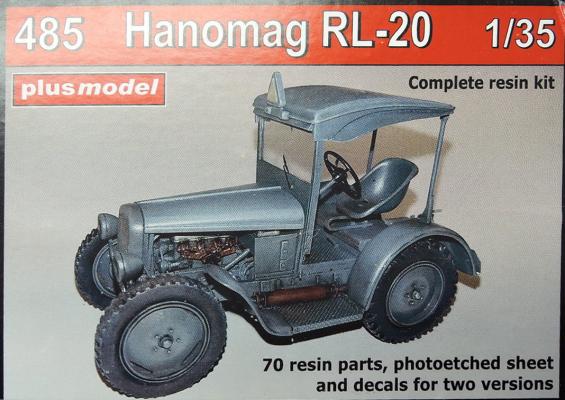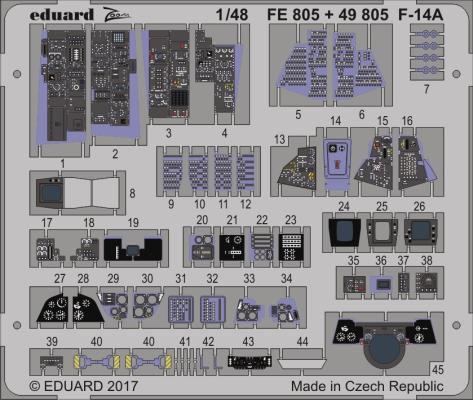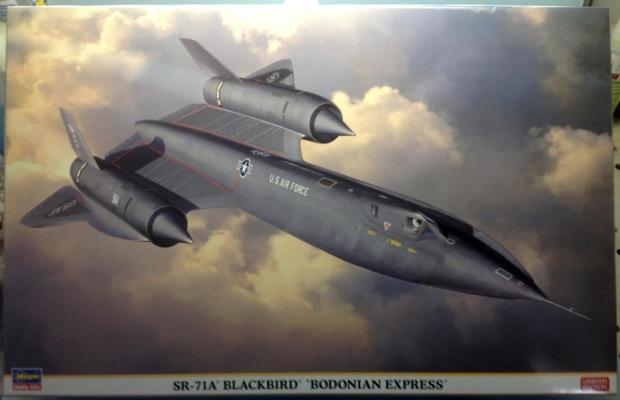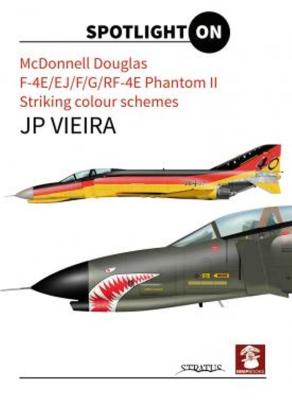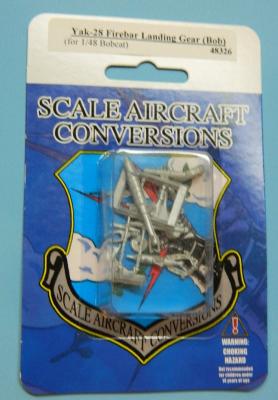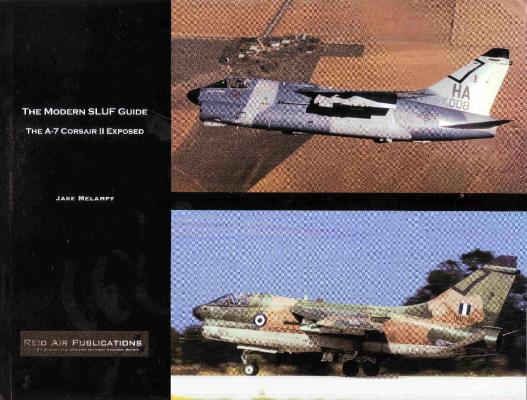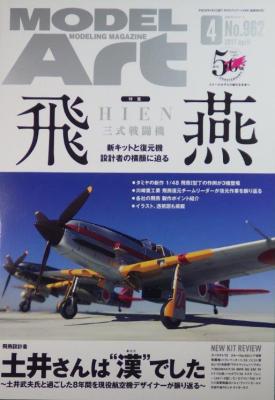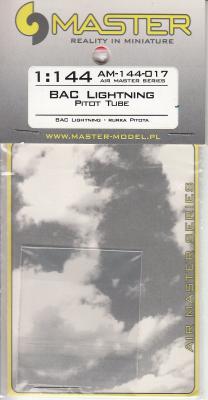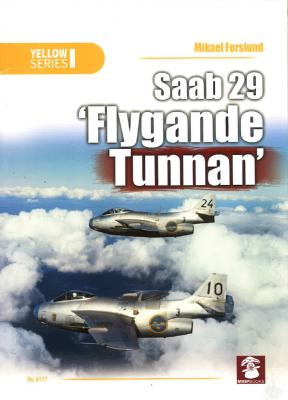The Me 262 continues to be a popular aircraft, both with modelers and with model manufacturers. I admit to being a fan of the aircraft and its sleek lines, so I was excited to see that last fall Academy released a special edition of its Me 262 kit with markings for 7 different aircraft. The kit is marketed as the Me 262A-1/2 and unlike some other kits, it actually does contain the parts necessary to build either of these variants of the jet.
What's New
Background
Hanomag (Hannoversche Maschinenbau AG) was a German producer of steam locomotives, tractors, trucks, and military vehicles in Hanover. During World War II, the car plant made military vehicle engines, a military version of their heavy tractor renamed the SS-100, and halftrack troop carriers. The single most important and iconic military vehicle to be designed and built by Hanomag during World War II was the Sd.Kfz. 251 half-track (commonly called simply "the Hanomag") with a total production numbering just over 15,000.
The Hanomag RL 20 wheeled tractor was manufactured from 1937 to 1942. The 1.9 litre, four-cylinder diesel engine produced 20 HP. At the beginning of WWII many of these tractors were put into service with the German Wehrmacht.
Having awaited the Tamiya Tomcat since they were at the museum - measuring the real things (and having to keep quiet about it until they announced it) I was very satisified with the excellent kit they produced. FANTASTIC!! I was even luckier when I found that the Eduard instrument set was available for review.
This set is designed for the Tamiya Tomcat and it fits the kit parts wonderfully. The instructions call for minimal scraping of the raised details Tamiya provides. The only part I had to actually remove was the RIO radar sunshield, but I used a brand new #11 blade and was able to use it instead of the etch piece Eduard provided.
The only part that didn't look quite right, when compared to photos, was #8. The triple fold worked fine, but the part seemed to be larger than the kit part (H34) it went on, and the edges overhang some.
This kit is a special edition, re-release of the SR-71A Blackbird. This kit has markings for aircraft 17964, "Bododian Express", a SR-71A from the USAF 9th SRW Det.4 at Mildenhall Air Base England in 1981. This particular aircraft had to make a landing at the emergency recovery base for European flights, Bodo, Norway in 1981. I found the full story of the emergency at the following website - http://www.wvi.com/~sr71webmaster/bodo.html
This is a thin book with only 44 pages, but they are very high quality, and full of profile pictures of many striking color schemes used on various air force Phantoms.
The detailed color profiles are a joy to look at and present very unusual F-4E Phantom II camouflage and markings for 15 different aircraft.
I found this book fascinating and will be building at least five of the featured aircraft. This will be a fantastic reference for me to use.
I recommend this book to everyone who likes and or builds Phantom’s
Thanks go to MMP Books for providing this book to review and IPMS USA for allowing me to review it.
Thanks to Ross at SAC for sending us improved metal landing gear for the new YAK-28 Firebar from a new manufacturer, Bobcat models, and thanks also to IPMS USA leadership for sending the SAC bits to me to review.
Another of SAC’s expansive line of white metal upgrades to basic kit plastic! The set consists of 15 parts: front and rear main gear, and replacements for the wing tip gear.
For those of you who love aircraft and their details, Reid Air Publications is the gold standard for reference. This series of books is a glorious full color run through some of the greatest planes in the US armory. The latest book reviewed here covers the A-7 II Corsair, commonly called the SLUF (short little ugly fella or some derivative!). This is an in-depth photo journal of the plane from top to bottom and front to back. It covers variants including A-7 D-H, TA-7C, TA-7H, A-7K as well as all the needed under wing ordnance. Looking at the general chapter headings will give you a good start to the depth this book has:
Model Art Modeling Magazine is a monthly periodical from Japan providing an abundance of modeling subjects in each issue. It doesn’t matter what your modeling focus is, each issue will provide something of interest for you, and more than likely, you’ll find something interesting that you didn’t know you would.
The magazine is published in Japanese, but even if you can’t read Japanese, the photography is fantastic and the old saying “a picture says 1,000 words” is very true. Each issue includes enough “work in progress” photos for even a layman to be able to follow along. The photos of the builds highlight many of the tools, materials, and techniques used by the master builders for each model built. Although I’m sure something is lost in translation, the photos go a long way in explaining the builds visually. Honestly, sometimes I find myself spending as much time looking at the many advertisements as much as I do the work in progress photos.
Here’s another of those handy little add-ons to save a model from the “shelf of not quite right models”. In this case, it’s a replacement for that pitot tube which got broken off (or was never there) on a current project or a long-finished model.
In this case, I asked for the Master Model pitot for my Revell Lightning F.6, which I finished a few years ago. When I looked on the shelf, I found it didn’t have a pitot tube.
Master’s instruction says to take the pitot assembly and remove the plastic pitot tube from the mount. Well, the mount was gone too, since it’s all one part on the Revell kit. So I scratch built a new mount. This is not a huge project. It’s very, very tiny, in fact. I started out by stretching a piece of sprue. As the stretch cooled, I bent one end to get a sort of L shape, only not a sharp angle. Almost a j.
Mikael Forslund was born on June 7, 1960 and currently lives in Falun, Sweden. He has worked as a press photographer since 1978 both as a freelancer and as a staff photographer and currently uses Nikon cameras. He has authored over twenty-one books with his latest book on Saab 29 ‘Flygande Tunnan’ that achieved its first flight on September 1, 1948.

